Archive
2021
KubaParis
Clueless Agency: Cold Case
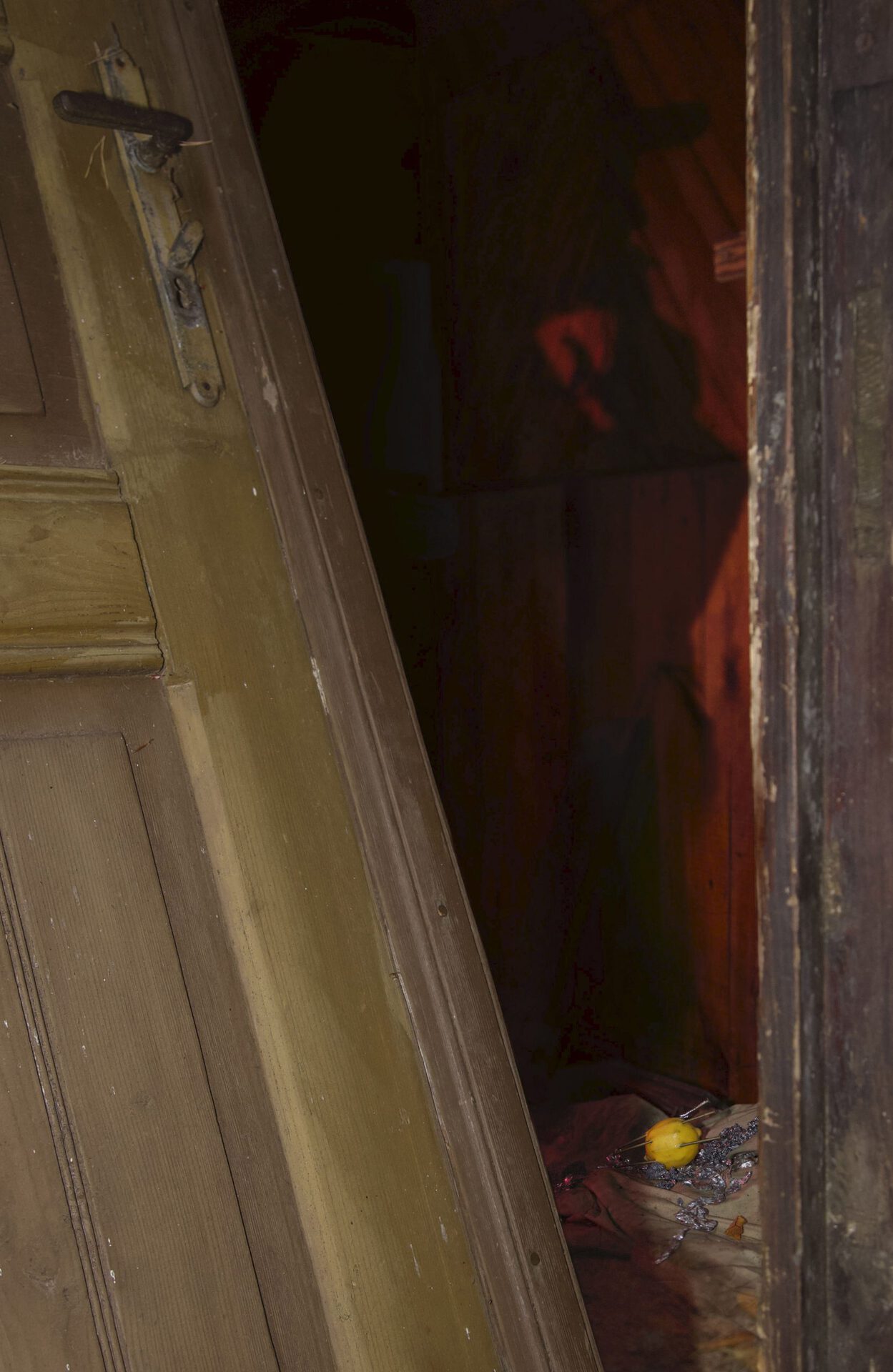

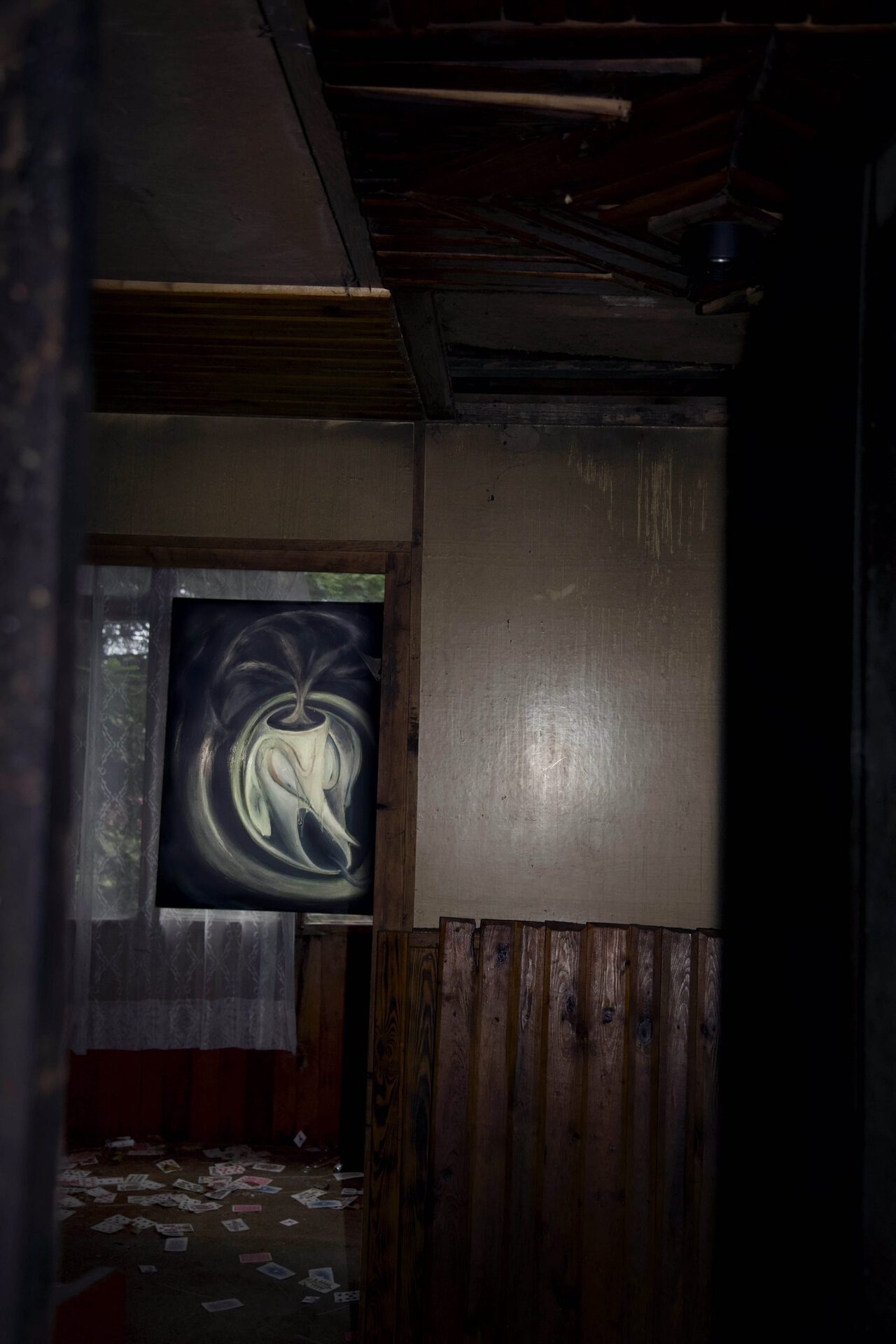
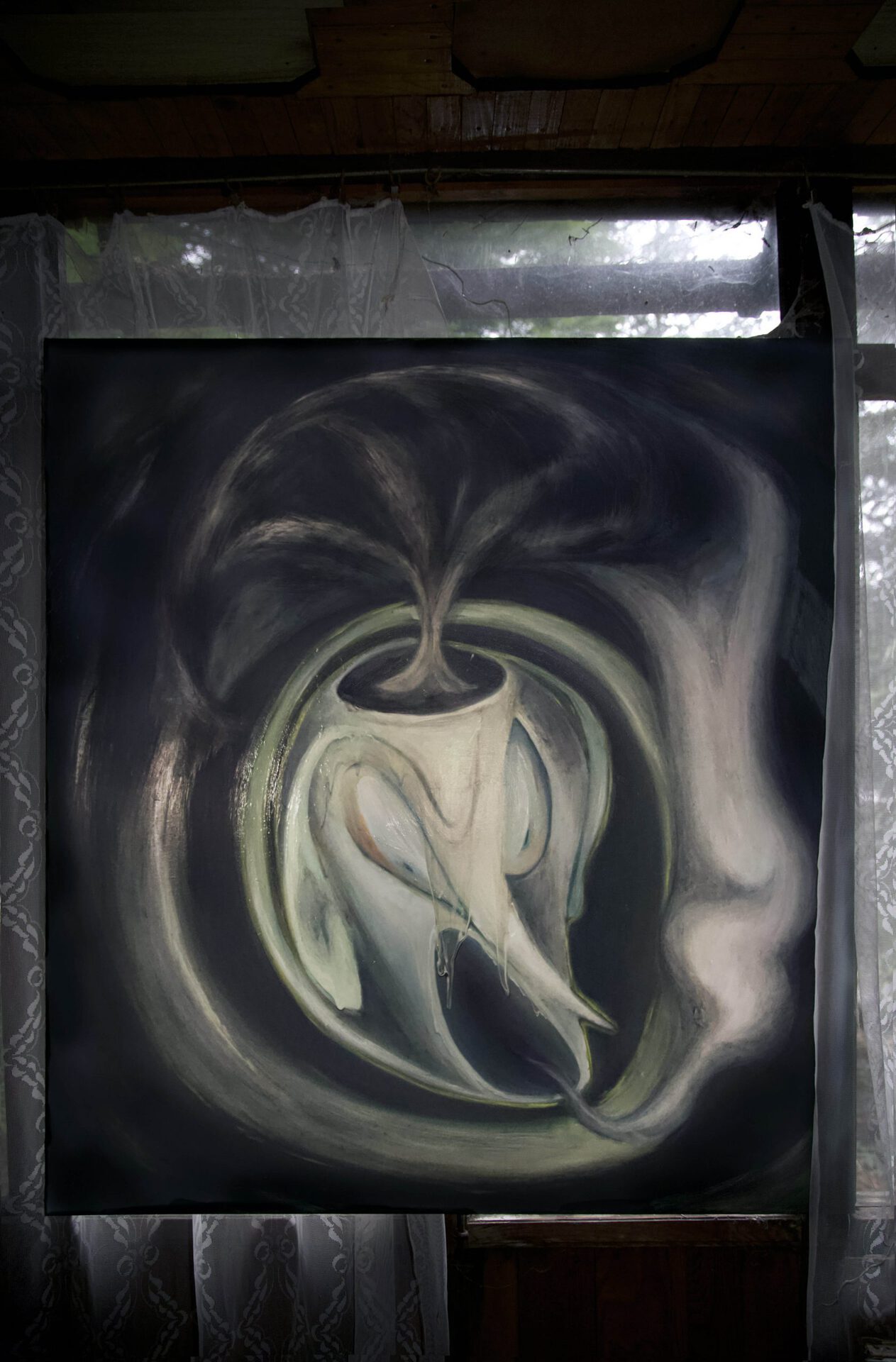
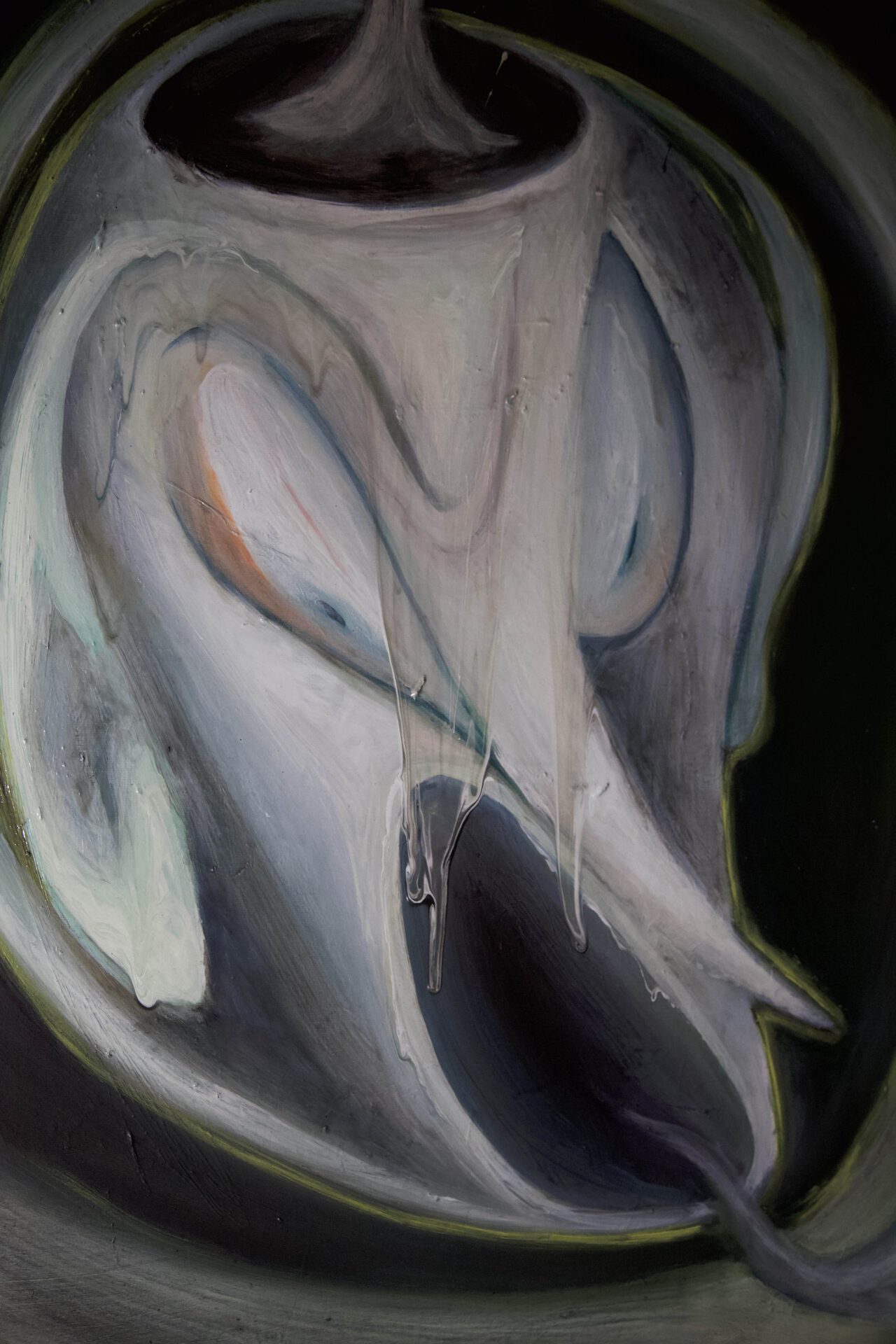
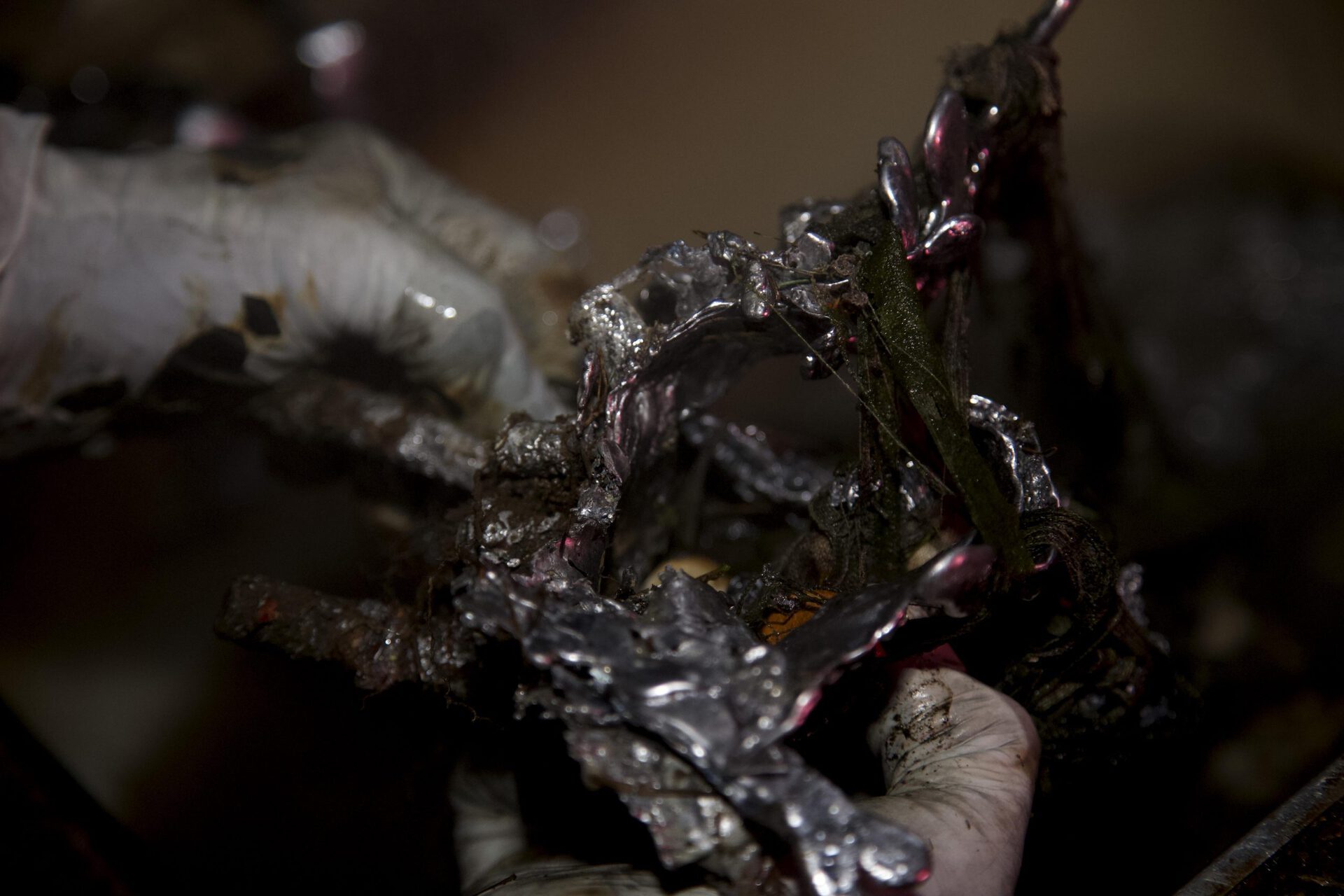

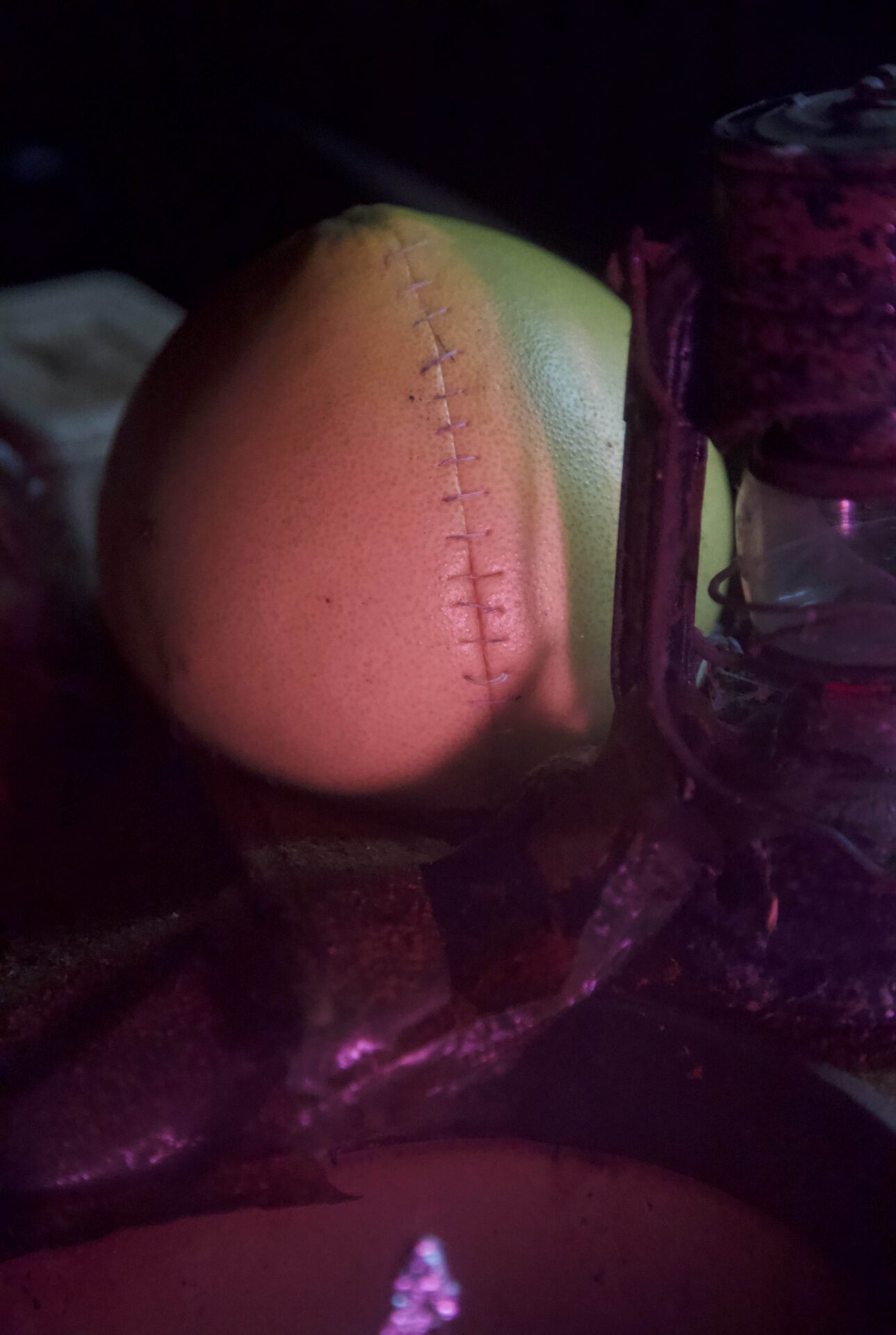





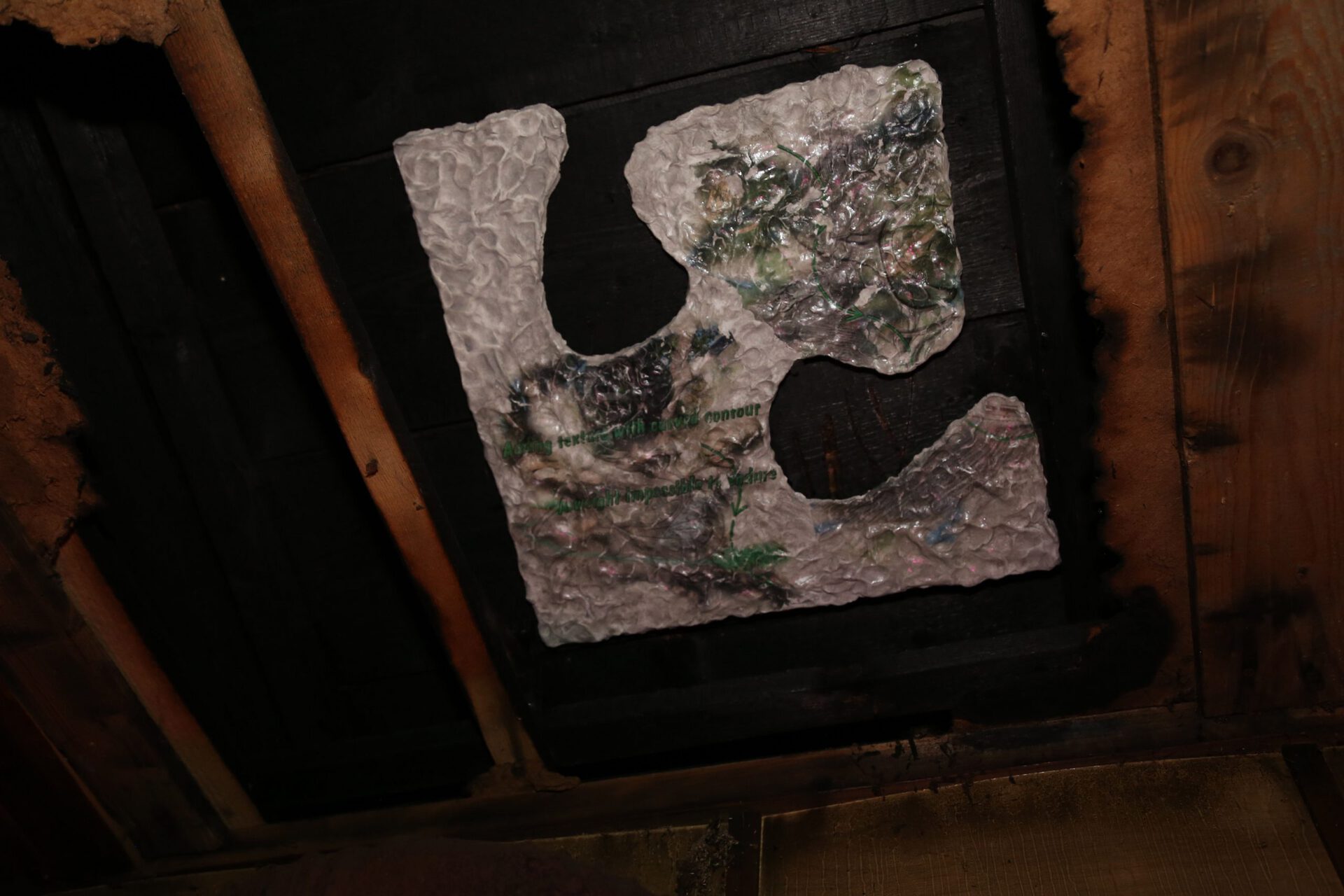


Location
Iron Mountains & Karlin StudiosDate
30.04 –03.07.2021Curator
PGSPhotography
Vojtech NovakSubheadline
New evolving novel-like exhibition series by PGS presents works of Jakub Choma, Maria Bingo, Matyáš Maláč and Vojtěch Novák “Detectives are famously perceptive. […] ‘It’s a matter of kind of knowledge which tend to be unspoken, whose rules […] do not easily lend themselves to being formally articulated or even spoken aloud. […] With this kind of knowledge, there are factors in play which cannot be measured– a whiff, a glance, an intuition.’ This is not the inside knowledge of an elite but a kind of „low intuition, “ a universal openness to movement, difference, sensation.” – Sadie Plant, Magicians, Writing on drugsText
The in-between
The system of well-ordered forms, regulated resemblances and analogy gives way to a demonic world of instability and constant transformation.
– Mark Fisher, Flatline Constructs: Gothic Materialism and Cybernetic Theory-Fiction
Heaven and hell are right here. Behind every wall, every window. The world behind the world, and we're smack in the middle.
– Constantine (dir. Francis Lawrence, 2005)
"You are a brave man," Ada told Babbage, "to give yourself wholly up to Fairy-Guidance!– I Advise you to allow yourself to be unresistingly bewitched..."
– Sadie Plant, Zeros and Ones
Despite the Victorian era being a time of unprecedented scientific and technological development, introducing many crucial inventions, curing deadly diseases, and literally illuminating the first chambers of some Victorian houses with electricity, there seemed to have (always) been something other, something overlooked, holding the hand of progress. As if the accelerating pace of industrial revolution, hastily assembling itself into modernity, grew a sneaky tail casting thick shadow over the triumphs of what we, both in casual speech and in philosophy, came to call “reason”. The smoky breath of steel machines surging from the spreading factories was shrouding something – a “fundamental chaos lurking in the tiny lawless spaces between things,” sheltering the growing belief in the paranormal, supernatural and occult.
There was a wide popular interest in diverse divination and fortune-telling practices, such as crystal-gazing, cartomancy, palmistry, tasseomancy and molybdomancy: a metalurgic divination which, ironically echoing a Victorian world that was increasingly chewed up by metal particles, predicts the future from strange shapes of molten lead quickly solidified after poured into cold water. As if all these new technological inventions were always giving birth to more than what the scientists could explain. The wide-spread belief in mesmerism, which proclaimed the existence of an “invisible, universally distributed fluid that flows continuously everywhere and serves as a vehicle for the mutual influence among heavenly bodies, the earth, and the living things”, along with electro-biology and spiritualism (of which the famous detective novel writer Sir Arthur Conan Doyle was a great supporter), as well as the rise of many secret societies and orders (such as the famous Hermetic Order of the Golden Dawn, whose founder Samuel Liddell MacGregor Mathers co-authored Crowley’s aforementioned translation of The Lesser Key of Solomon), seemed to fight against the “enlightening” power of scientific reason. These forces were refusing to let new technologies and inventions be washed of their spirits, or to sterilize and formalize the space between the spinning wheels and organic tissue. Even Darwin’s evolutionary theory wasn’t spared its shadow twin, found in Samuel Butler’s anonymously published book Erewhon, depicting an inverted land with inverted name(s) – “Erewhon” being literally backwards-spelled “nowhere”, in which machines are believed to possess autonomous intelligence operating in large-scale systems using humans only as a temporary helping force on the path of an evolution of their own.
‘But who can say that the vapour engine has not a kind of consciousness? Where does consciousness begin, and where end? Who can draw the line? Who can draw any line? Is not everything interwoven with everything? Is not machinery linked with animal life in an infinite variety of ways?
– Samuel Butler, Erewhon (1872)
Moreover, the discovery of electricity “threw new light on the question of materiality itself, liquefying the boundary between matter and energy, solid structures and radiating forces, pulsations. The world became a beating heart, a space of circulating flows” that no-one could easily tame, foreseeing Karen Barad’s much later observation, that “ ‘[b]etween’ will never be the same.” One of the great enthusiasts of mesmerism and other practices exploring the flux of electro-magnetic forces passing through the body was a young woman called Ada, the countess of Lovelace. A daughter of mathematician Anna Isabella Milbanke and the poet G. G. Byron, she came to be known as “the Enchantress of Number” and as the author of what can be viewed as the very first computer algorithm collaborating on the development of the mechanical general-purpose computer Charles Babbage’s Analytical Engine.
Believing strongly in animal magnetism and using reasonable amounts of laudanum to moderate her shifting mental states, she embodied in many ways the marriage of reason and fantasy, science and poetry. She was trying to develop a "calculus of the nervous system", a theoretical model that would unite mathematics with feelings, hoping to elicit the contributions of famous physicist Michael Faraday and electrocrystallization pioneer Andrew Crosse (called "thunder and lightning man" for his explosive experiments). The latter became a controversial and highly mediated figure after reporting living insects being born out of the electricized crystals in his laboratory, for which he was said to have inspired Mary Shelly’s character of doctor Frankenstein, as she supposedly visited his lecture on “electricity, the gasses, and the phantasmagoria”. It was later found that Crosse’s samples were most likely contaminated with insect eggs. What was more than real is the amount of threatening letters Crosse received from people accusing him of trying to artificially create a living being – what a blasphemy! Some things just “make themselves real” one way or another.
There was without any doubt something strangely alive in the early experiments embroiling human, animal, and (in)organic objects, which filled the air with an arresting fragrance of “heresy of irrationalism in the post-Enlightenment era”. As if every step of “rational” science conjured a new ghost into being – congregating in our very homes, and no number of scientific refutations could exorcise them. The line of human skin is just too thin to separate any inside and outside from the flows of fluids, thoughts, emotions, and energies. As François J. Bonnet writes, spiritualism and other “pseudo-scientific” methodologies were not trying to access any separate world of the dead, but to “re-establish the unity” of worlds by “blurring the [very] material boundaries between bodies and things just as it blurred the threshold between the perceived world and the real world.”
There is an important lesson of unlearning even in paranormal tabloid stories and “Frankenstein’s insects”; it is a voice whispering into our ears, even while they wear Bluetooth earbuds, that vegetables may possess invisible forces, “machines receive their impressions through the agency of man’s senses” and that there perhaps remain “things that knowledge cannot eat” creeping from the ever-open gates of “the infra-world”: a shadowy realm not somewhere spatially beyond and behind, but very much inside, in between and within the supposedly organized and measurable “world of utility”.
- Noemi Purkrábková
An excerpt from the second chapter of Noemi Purkrábková's tailored text for Clueless Agency.
Noemi Purkrábková